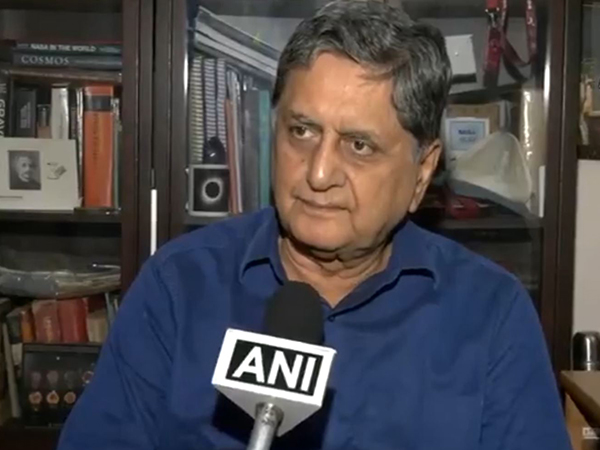Precision in Space: The Complexity of Docking Maneuvers
Former Indian Institute of Astrophysics scientist RC Kapoor discusses the intricacies of space docking, emphasizing the precision required for successful operations. The process involves meticulously coordinated maneuvers and the critical role of ground control in ensuring safe docking and undocking from the ISS.

- Country:
- India
RC Kapoor, a former scientist with the Indian Institute of Astrophysics, outlined the complex nature of space docking and undocking, stressing the need for precision. According to Kapoor, even minor thruster adjustments can alter spacecraft orbit, complicating the alignment process between the chaser and the target.
Kapoor explained the dual-phase docking mechanism: magnetic guides for soft capture and latches for hard capture. Post-docking procedures include ensuring no leakage and stable cabin pressure before further crew operations. During undocking, the sequence reverses, requiring equalized pressure and transfer of cargo before astronauts board the capsule.
Ground control coordination is essential as latches release the capsule, initiating a soft-capture state. The slow undocking increases the capsule's distance from the ISS over about 20 minutes. Re-entry begins at 100 km altitude, with heat shields protecting from intense heat before parachutes slow the descent, culminating in an ocean landing.
(With inputs from agencies.)










